Discussions of wheel bearing failures in Chevies (in particular) have been pretty common on several of the class B forums. One topic that comes up regularly is if it is possible to grease the "sealed" Chevy front wheel bearings. I did a bunch of reading last year during one of the discussions, and cut apart a Chevy hub that I had changed on our 07 C190P Roadtrek. What I learned was that the pickup truck guys have had the same issue for a long time, and quite a few talked about greasing them through the ABS sensor hole. Depending on who you choose to believe, life gets extended somewhere in the 2-5 times with regular greasing (most do once a year). As placebo effect is pretty common in this kind of "life" testing, I wanted to see if grease would actually get into the bearings if put in through the ABS sensor hole. I removed the back cap and front seal from the old hub so I could see if clean grease got there, and then greased the hub on the bench in a couple of different ways, turning it and not, blowing the grease around with compressed air, etc. and found it goes to the inboard bearing very quickly, as there is no seal on either side, and plenty of space on the backside. The outboard bearing is tight up on the seal and flange, with much less space for things to come through, but it did come through, especially when boosted with a shot of compressed with an air nozzle pointed that way through the hole. I don't really think you need the compressed air, as the grease will get flung around from the rotation, but I needed to make sure it was open enough to get grease through.
This year is the first time to actually try out greasing on mounted hubs. Ours are very low miles at this point, so I didn't put much grease in them, only two pumps from a one hand gun into each bearing (4 per hub). Here are some pics and text about how it went.
The van was already on stands with the wheels off, so I had an easy starting point. The Hawk brakes had bedded very nicely.
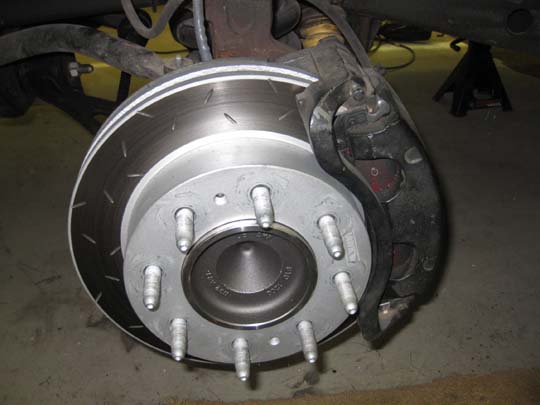
You need to remove the caliper, adapter, bracket for ABS cable and brake line, and rotor to get to the ABS sensor. Two bolts each on the adapter and caliper. You could take off just the adapter bolts and remove the whole works as a "loaded caliper", but I have never liked doing that. I want to be able to check the pads and caliper for proper movement. Be sure to carefully support the caliper so you don't hurt the brake hose.
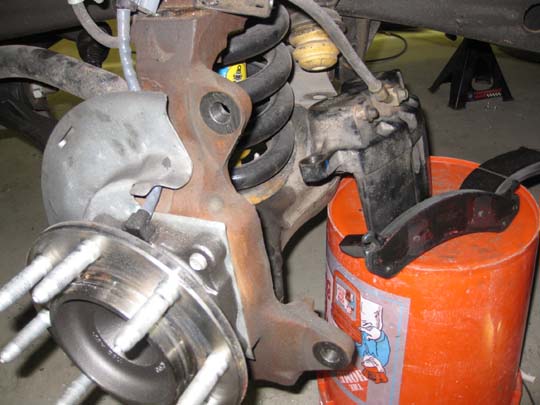
With those parts off, you get to the ABS sensor, right on top of the hub.
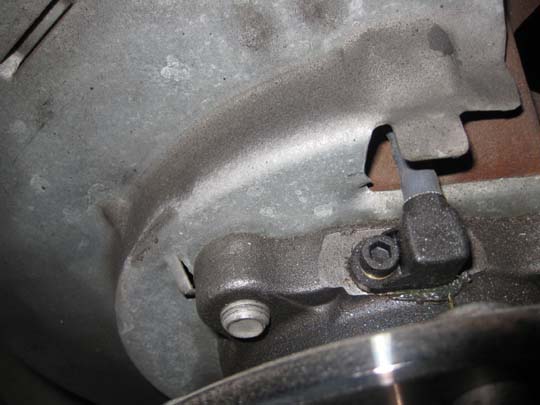
Brake line and ABS cable bracket
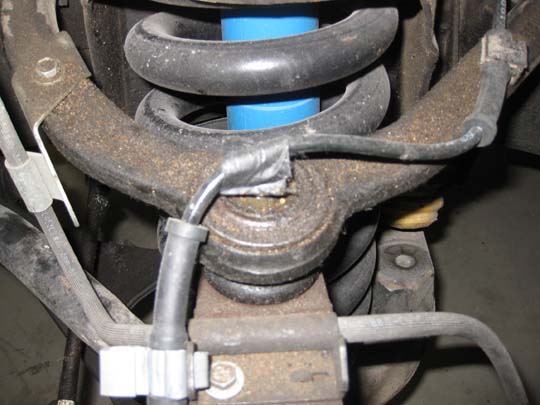
Allen head bolt removed and sensor carefully pulled out being careful not to damage it as it comes by the splash shield.
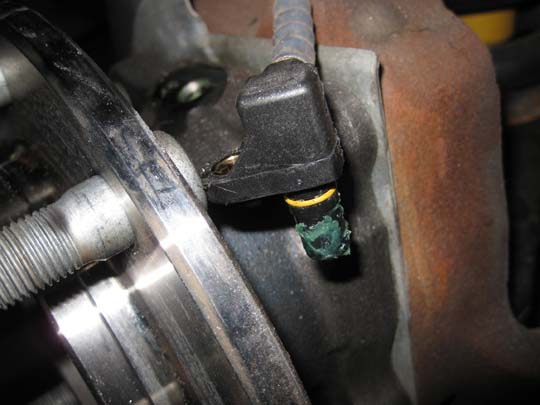
Looking into the ABS sensor hole at the toothed wheel that the tool will sit on
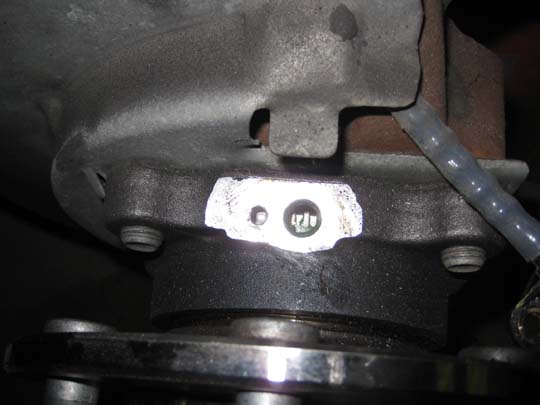
I made a small adapter for the grease gun, so that it would sit in the ABS sensor hole, on top of the ABS reluctor wheel. It has a closed end and a hole out the side, at just the right height to shoot grease at the open part of the bearings. You just turn it 180* between for inboard or outboard bearings. A needle adapter would also work, but it puts the grease a bit further away from the open area of the bearing.
Here is the tool
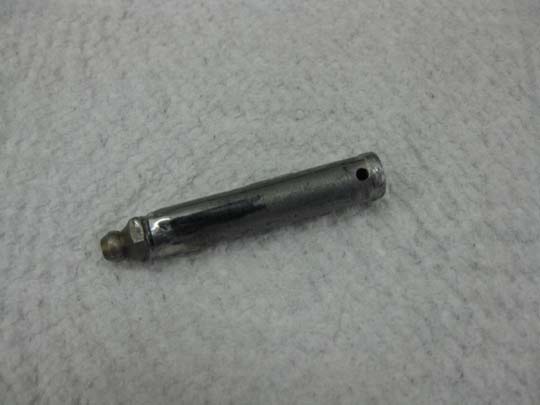
How far the grease shoots from the tool toward the bearing-I used Royal Purple synthetic grease.
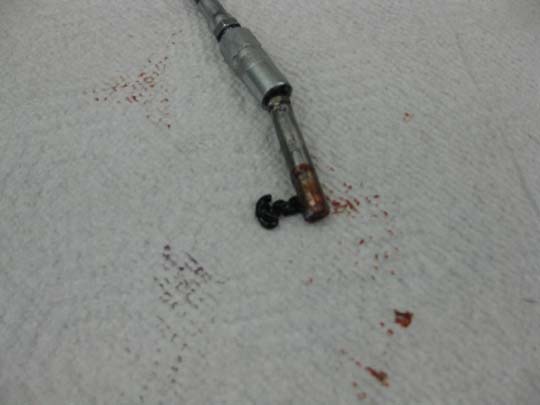
The tool sitting in the ABS sensor hole ready for greasing
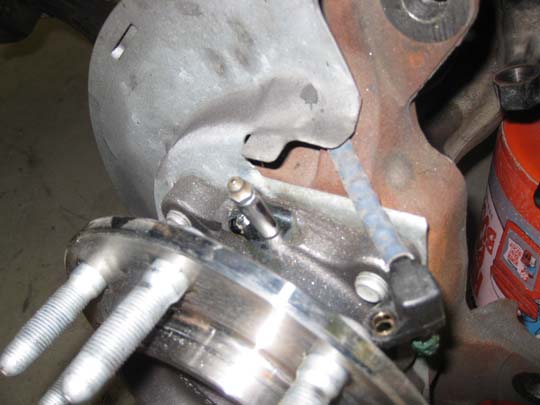
With a one hand grease gun on it ready to grease
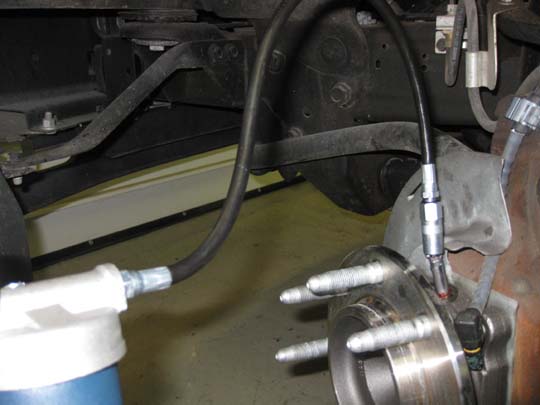
All done-I always clean the hub flange and the inside of the rotor completely to keep from getting runout. I put lugnuts on immediately when I put on the rotor, so nothing can fall in between the hub and rotor. The rustier the area is, the more important this is to do.
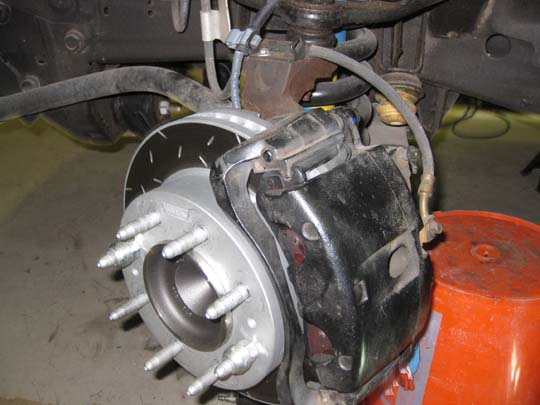
The only hard part of this job is that the caliper and adapter bolts are big and tight, other than that this job is really pretty simple. I didn't even have 20 minutes per side in doing it, but I started with it up and wheels off. Since I like to check the brakes every year, and make sure the calipers are free sliding, this only will ad a few minutes each year. Hopefully, it will greatly extend the bearing life. I do still think that the wrong offset wheels used on several of the class B's are a major contributor to bearing failures, and highly recommend going to stock offset wheels, even if you do grease.